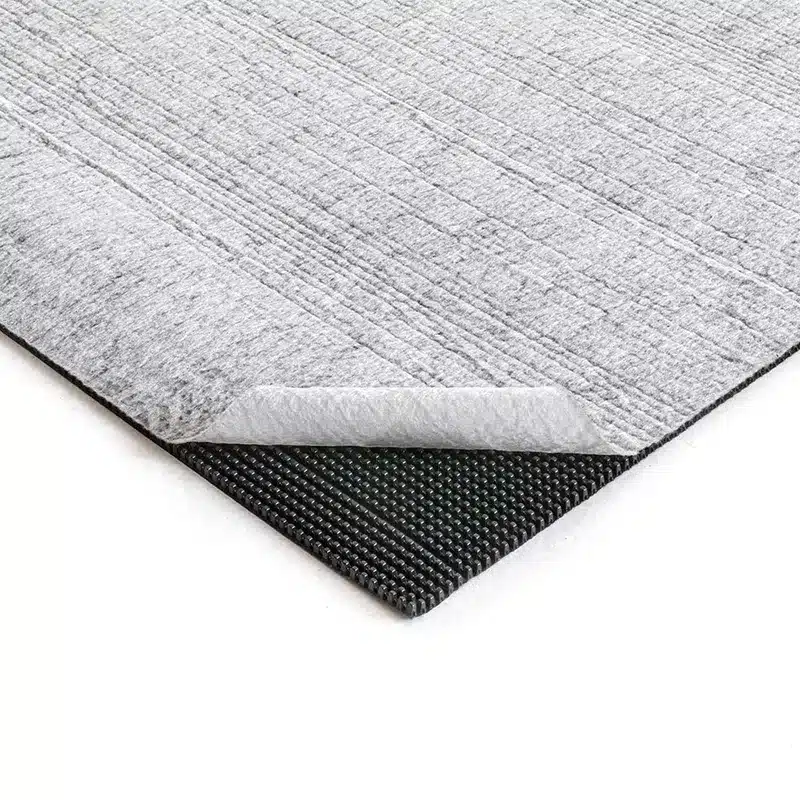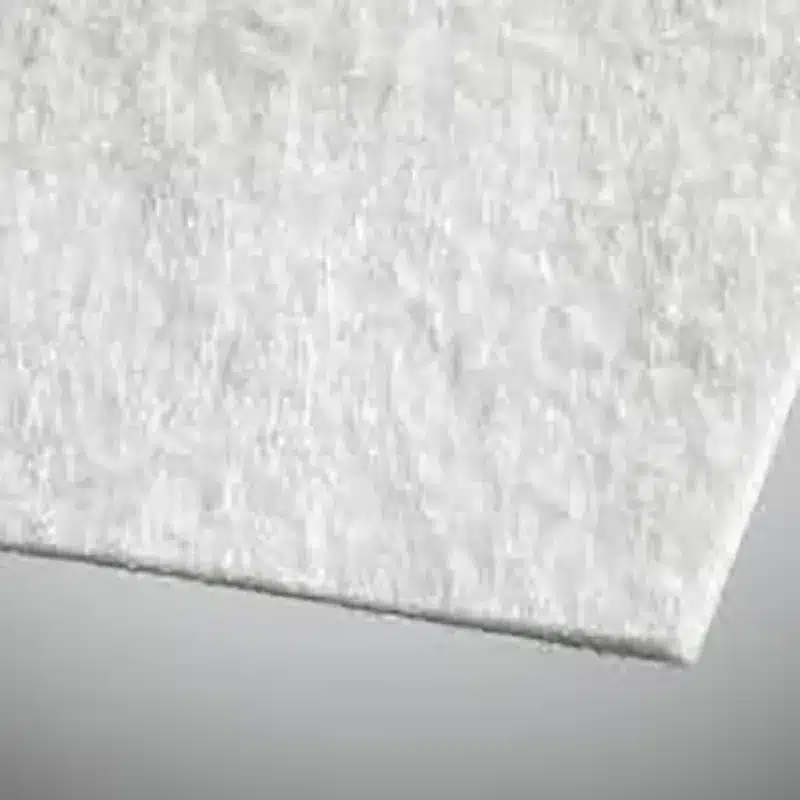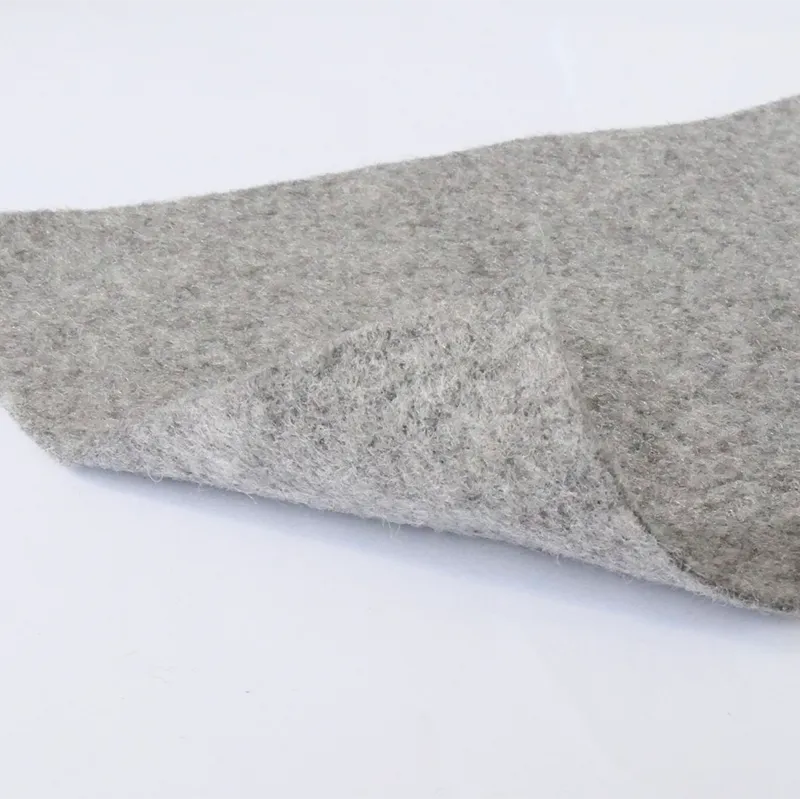+86-159 9860 6917
info@geofantex.com
geofantex@gmail.com
+86-400-8266163-44899
Filter fabric geotextile is a versatile material that plays a crucial role in various construction and environmental projects. This article explores what filter fabric geotextile is, its uses, and different types, and answers common questions about its properties and applications.

Geotextile Fabric vs. Filter Fabric: Understanding the Difference
Although often used interchangeably, geotextile fabric and filter fabric serve distinct purposes in construction and environmental projects. Choosing the right material ensures optimal performance. Key distinctions include:
- Geotextile Fabric: A broad category of synthetic fabrics used for soil stabilization, separation, reinforcement, drainage, and protection in civil engineering applications.
- Filter Fabric (Geotextile Filter Cloth): A specialized type of geotextile designed primarily for filtration, allowing water to pass while retaining soil particles.
- Key Insight: All filter fabrics are geotextiles, but not all geotextiles function as filter fabrics. Use filter fabric when filtration and water flow management are the priority, and general geotextiles for broader soil stabilization or structural reinforcement.
By understanding these differences, engineers and landscapers can select the appropriate material for drainage, erosion control, road construction, or environmental protection projects, ensuring durability, efficiency, and long-term stability.
What Is the Difference Between Geotextile Fabric and Filter Fabric?
Although often used interchangeably, geotextile fabric and filter fabric have distinct roles in construction and environmental projects. Choosing the right material ensures optimal performance. Key distinctions include:
- Geotextile Fabric: A broad category of synthetic fabrics used for soil stabilization, separation, reinforcement, drainage, and protection in civil engineering applications.
- Filter Fabric (Geotextile Filter Cloth): A specialized geotextile primarily designed for filtration. It allows water to pass while retaining soil particles.
All filter fabrics are geotextiles, but not all geotextiles function as filter fabrics. Use filter fabric when controlling water flow and filtration is the priority, while general geotextiles are suitable for soil stabilization, reinforcement, and separation. Choosing the appropriate type ensures efficiency, durability, and long-term project stability.
What is filter fabric used for?
Filter fabric, also known as geotextile fabric, is a permeable material typically made from synthetic fibers. It is used in various construction and environmental applications due to its ability to allow water to pass through while blocking the passage of soil particles. Here are some common uses for filter fabric:
- Drainage: Filter fabric is used to enhance drainage systems by preventing soil from clogging the drain lines while allowing water to easily pass through. It’s often used in retaining wall drainage and road underdrains.
- Erosion Control: It helps prevent erosion by stabilizing soil on slopes and in areas susceptible to erosion by wind or water. Filter fabric is often installed beneath the top layer of soil to hold it in place.
- Separation: In roadway construction, a filter fabric is used to separate the subgrade from the aggregate layers, ensuring stability and prolonging the lifespan of the road by preventing the mixing of different soil layers.
- Stabilization and Reinforcement: It can also reinforce soil by increasing its stability when used in conjunction with other construction materials, such as retaining walls, embankments, and pavements.
- Filtration: Filter fabric acts as a filter to prevent the passage of sediment while allowing water flow. It is used around piping and in landscaping projects to prevent soil from washing away.
- Weed Barrier: In landscaping, filter fabric can be laid under mulch or gravel to block weeds from growing through while still allowing moisture to reach the soil.
This fabric is an essential component in many projects where soil stability, water management, and durability are critical.

What Are the Three Types of Geotextile Fabric?
Geotextile fabrics are generally classified into three main types based on manufacturing method and performance:
- Woven Geotextiles: Made by weaving synthetic fibers, offering high tensile strength and low elongation. Commonly used for soil stabilization, separation, and roadway reinforcement.
- Non-Woven Geotextiles: Produced by bonding fibers into a felt-like structure, providing excellent filtration and drainage performance. Widely used as filter fabric, erosion control layers, and drainage wraps.
- Knitted Geotextiles: Manufactured by looping fibers together, offering flexibility and elasticity. Less common and typically used in specialized or custom applications.
Selecting the right type depends on whether the project prioritizes strength, filtration, drainage, or flexibility.
In conclusion, filter fabric geotextile is a specialized geotextile designed for filtration purposes. It is an indispensable material in various construction and environmental projects, offering solutions for erosion control, drainage, and soil stabilization. Understanding its types and applications is crucial to making the most of this versatile material in your projects. Remember to choose the right type of filter fabric geotextile, install it correctly, and perform regular maintenance for optimal results.



Get Free Sample
We’ll respond as soon as possible(within 12 hours)






















